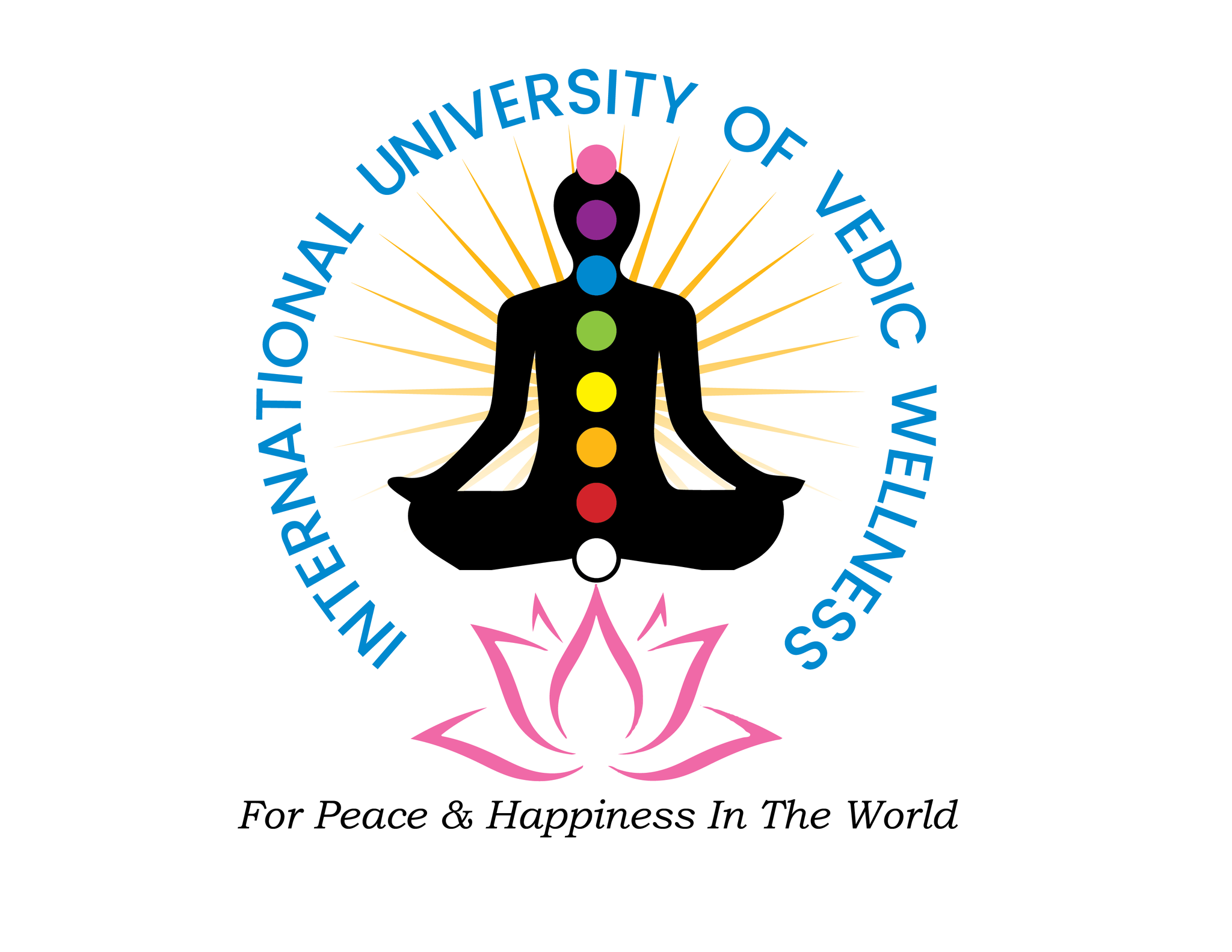The concept of Panchabhutas is fundamental to Indian philosophy and Ayurveda, the ancient Indian system of medicine. According to this concept, all matter in the universe, including the human body, is composed of these five elements in varying proportions. The balance of these elements is crucial for physical, mental, and spiritual well-being.
In the heart of Southern India lies a testament to the ingenuity, spiritual depth, and wellness wisdom of ancient Indian civilization – the Pancha Bhuta Sthalams. These five temples, each dedicated to one of the five elements (Panchabhutas) recognized in Hindu philosophy, stand as marvels of architectural brilliance, spiritual significance, and holistic health guidance. What truly sets them apart is the astonishing alignment of three of these temples along a perfect north-south axis, a feat that continues to baffle modern scientists and engineers. Join us on a journey to unravel this ancient mystery, exploring the intertwining threads of wisdom, science, spirituality, and wellness that create one of India’s most captivating enigmas.

Ekambareswarar Temple

Tiruvanaikovil

Tiruvannamalai Temple with hill view

Sri Kala Hasti in Tirupati.

pond in chidambaram temple
The Pancha Bhuta Sthalams: Elemental Wisdom Embodied in Stone
The Pancha Bhuta Sthalams are a group of five Shiva temples in South India, each representing one of the five elements or Panchabhutas: Earth (Prithvi), Water (Appu), Fire (Agni), Air (Vayu), and Space (Akasha). These temples are:
- Ekambareswarar Temple, Kanchipuram (Earth)
- Jambukeswarar Temple, Thiruvanaikaval (Water)
- Arunachaleswarar Temple, Thiruvannamalai (Fire)
- Srikalahasti Temple, Andhra Pradesh (Air)
- Thillai Nataraja Temple, Chidambaram (Space)
Each temple is a masterpiece of Dravidian architecture, featuring intricate carvings, towering gopurams (temple towers), and vast courtyards. However, their true significance lies in the profound philosophical concepts they embody and the wellness wisdom they impart.
The Miraculous Alignment: A Triumph of Ancient Engineering
What truly astounds modern observers is the perfect alignment of three of these temples – the Ekambareswarar Temple in Kanchipuram, the Arunachaleswarar Temple in Thiruvannamalai, and the Jambukeswarar Temple in Thiruvanaikaval. These three temples form a perfect straight line running north to south, with a deviation of less than one degree, spanning distances of approximately 99 km and 170 km respectively.
| S.No. | Temple Name | Element | Location | Latitude | Longitude |
| 1 | Ekambareswarar Temple | Earth | Kanchipuram, Tamil Nadu | 12.8352° N | 79.7036° E |
| 2 | Arunachaleswarar Temple | Fire | Thiruvannamalai, Tamil Nadu | 12.2253° N | 79.0747° E |
| 3 | Jambukeswarar Temple | Water | Thiruvanaikaval, Tamil Nadu | 10.8536° N | 78.6921° E |
| 4 | Srikalahasti Temple | Air | Andhra Pradesh | 13.7490° N | 79.7037° E |
| 5 | Thillai Nataraja Temple | Space | Chidambaram, Tamil Nadu | 11.3993° | 79.6930° E |
This precision is particularly impressive considering that these temples were built over a thousand years ago, long before the advent of modern surveying and GPS technology. The alignment of the Pancha Bhuta Sthalams is comparable to, and in some cases even surpasses, other famous aligned structures from around the world, such as the Pyramids of Giza and Stonehenge.
Ancient Indian Astronomy: The Key to the Mystery
To understand how the ancient Indians might have achieved such precise alignment, we need to delve into the rich tradition of astronomy in ancient India. The study of celestial bodies and their movements was highly advanced in India from very early times, as evidenced by texts like the Vedanga Jyotisha, which dates back to around 1400 BCE.
Ancient Indian astronomers had a sophisticated understanding of celestial mechanics, including accurate measurement of latitude and longitude, understanding of cardinal directions, use of astronomical instruments, and knowledge of trigonometry. It’s conceivable that they used celestial observations to determine the precise locations for these temples, possibly using the movement of stars or the sun’s path to establish a north-south line with remarkable accuracy.
Architectural Marvels: A Closer Look at the Aligned Temples
Each of the aligned Pancha Bhuta Sthalams is a masterpiece of Dravidian architecture, showcasing the artistic and engineering prowess of ancient India. Let’s take a brief look at each:
- Ekambareswarar Temple, Kanchipuram (Earth):
- Sprawling over 25 acres with a 59-meter high gopuram
- Houses a lingam made of sand, maintained by water dripping from a copper pot above
- Features a 1000-pillared hall and a mango tree said to be 3500 years old
- Arunachaleswarar Temple, Thiruvannamalai (Fire):
- Covers 10 hectares with a 217-foot high gopuram
- Features a unique fire ritual during the Karthigai Deepam festival
- Innovative design allowing natural light to illuminate the inner sanctum
- Jambukeswarar Temple, Thiruvanaikaval (Water):
- Built around a natural spring that keeps the lingam perpetually submerged
- Features five concentric walls and seven gopurams
- Known for its unique floating stone in the temple tank
These architectural marvels demonstrate advanced engineering techniques, including the use of massive stone blocks, sophisticated water management systems, and complex structural designs that have withstood the test of time for over a millennium.
Pancha Bhuta Sthalams: Beacons of Holistic Wellness
Beyond their architectural and astronomical significance, the Pancha Bhuta Sthalams offer profound insights into holistic wellness. Each temple, associated with one of the five elements, provides unique guidance for maintaining balance in our physical, mental, and spiritual lives.
a. Ekambareswarar Temple (Earth):
- Wellness Aspects: Physical stability, emotional grounding, nutritional balance
- Practical Tips: Practice earthing, stability-enhancing yoga poses, consume locally-grown foods
b. Jambukeswarar Temple (Water):
- Wellness Aspects: Hydration, emotional fluidity, purification
- Practical Tips: Ensure adequate hydration, practice water-based exercises, incorporate detoxifying foods
c. Arunachaleswarar Temple (Fire):
- Wellness Aspects: Metabolism, energy, transformation
- Practical Tips: Engage in cardiovascular exercises, practice Surya Namaskar, include warming spices in diet
d. Srikalahasti Temple (Air):
- Wellness Aspects: Respiratory health, mental clarity, physical movement
- Practical Tips: Practice pranayama, engage in aerobic exercises, use aromatherapy for mental alertness
e. Thillai Nataraja Temple (Space):
- Wellness Aspects: Mental spaciousness, spiritual connection, holistic integration
- Practical Tips: Practice open awareness meditation, engage in creative pursuits, spend time in nature
By understanding and incorporating the wellness wisdom associated with each of the Pancha Bhuta Sthalams, we can strive for a more balanced and harmonious life.
Scientific Investigations and Modern Perspectives
The alignment of the Pancha Bhuta Sthalams has attracted the attention of modern researchers and scientists, leading to various studies and investigations. While these studies have confirmed the precision of the alignment, they have also raised new questions and hypotheses.
Some key findings and theories from modern investigations include:
- Geomagnetic Significance: Some researchers have proposed that the alignment might be related to geomagnetic field lines. Studies have shown that these temples are located along a line of geomagnetic significance, which could have been detected by ancient Indians using lodestones or other primitive magnetic compasses.
- Astronomical Alignments: Advanced computer simulations have been used to study potential astronomical alignments. Some researchers suggest that the temples might have been aligned with specific star patterns or solar events that were significant at the time of their construction.
- Advanced Surveying Techniques: Modern surveyors have attempted to recreate the methods that might have been used by ancient Indians to achieve such precise alignment over large distances. These studies have led to a greater appreciation of the sophisticated mathematical and surveying knowledge that must have been available.
- Energy Field Theories: Some researchers in the field of subtle energies have proposed that the alignment creates a powerful energy field. While such theories are often viewed skeptically by mainstream science, they continue to be of interest to many spiritual seekers and alternative researchers.
- Historical and Archaeological Studies: Ongoing archaeological excavations and historical research continue to uncover new information about the construction and evolution of these temples, providing valuable context for understanding the alignment.
These modern investigations, while shedding light on some aspects of the alignment, have in many ways deepened the mystery. The more we learn about the precision and complexity involved in creating this alignment, the more questions arise about the capabilities of ancient Indian civilization.
The Legacy of the Pancha Bhuta Sthalams: Ancient Wisdom for Modern Times
The Pancha Bhuta Sthalams and their remarkable alignment are more than just historical curiosities or architectural marvels. They carry profound lessons and insights that are as relevant today as they were when these temples were first built.
- Holistic Worldview: The concept of Panchabhutas reminds us of the interconnectedness of all things. In an age of environmental crisis, this ancient wisdom calls us to recognize our fundamental connection with nature.
- Precision and Patience: The incredible precision of the temple alignment speaks to the value of meticulous planning and execution. In our fast-paced world, it serves as a reminder of what can be achieved through patience and attention to detail.
- Integration of Science and Spirituality: The Pancha Bhuta Sthalams demonstrate that scientific knowledge and spiritual wisdom need not be at odds. They exemplify a holistic approach to knowledge that modern society could benefit from.
- Preservation of Knowledge: The endurance of these temples and the mystery of their alignment highlight the importance of preserving and transmitting knowledge across generations.
- Cultural Pride and Heritage: For Indians and people of Indian origin worldwide, the Pancha Bhuta Sthalams serve as a source of cultural pride, showcasing the advanced capabilities of ancient Indian civilization.
Conclusion:
The alignment of the Pancha Bhuta Sthalams stands as a bridge between ancient wisdom and modern inquiry. It challenges us to look beyond our current understanding and to remain open to the possibility that our ancestors may have possessed knowledge and capabilities that we are only beginning to rediscover.
In our fast-paced, often disconnected modern world, perhaps we would do well to look to these ancient temples for inspiration – to seek the same harmony with nature, precision in our endeavors, depth in our understanding, and balance in our well-being that their builders so clearly possessed. The alignment of the Pancha Bhuta Sthalams is not just a historical curiosity or an architectural feat – it’s a call to align our own lives with the fundamental forces of nature, a reminder of our place in the cosmos, and a guidebook for holistic living in the 21st century and beyond.
Image Credits: https://en.wikipedia.org/wiki/Pancha_Bhuta_Sthalam




